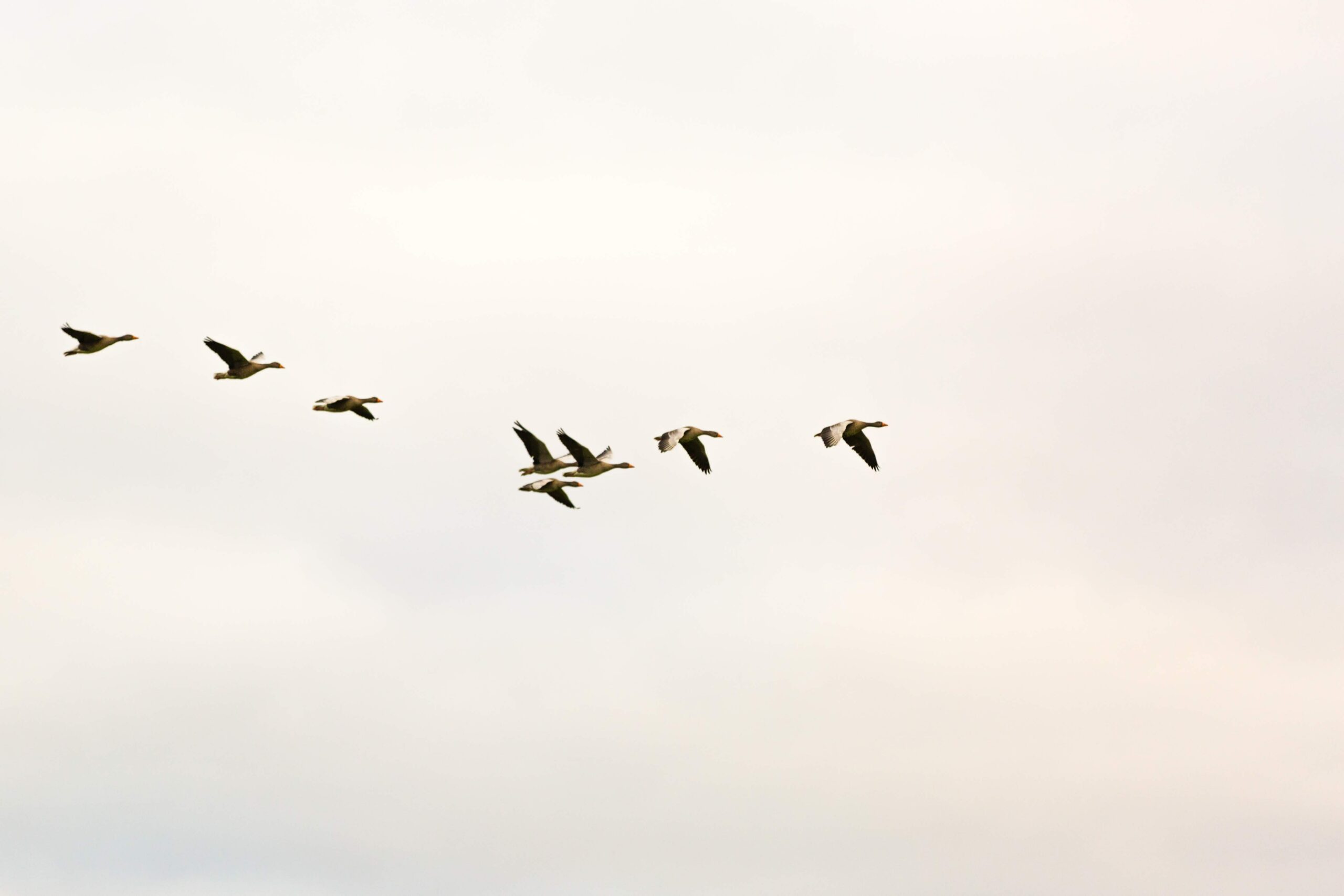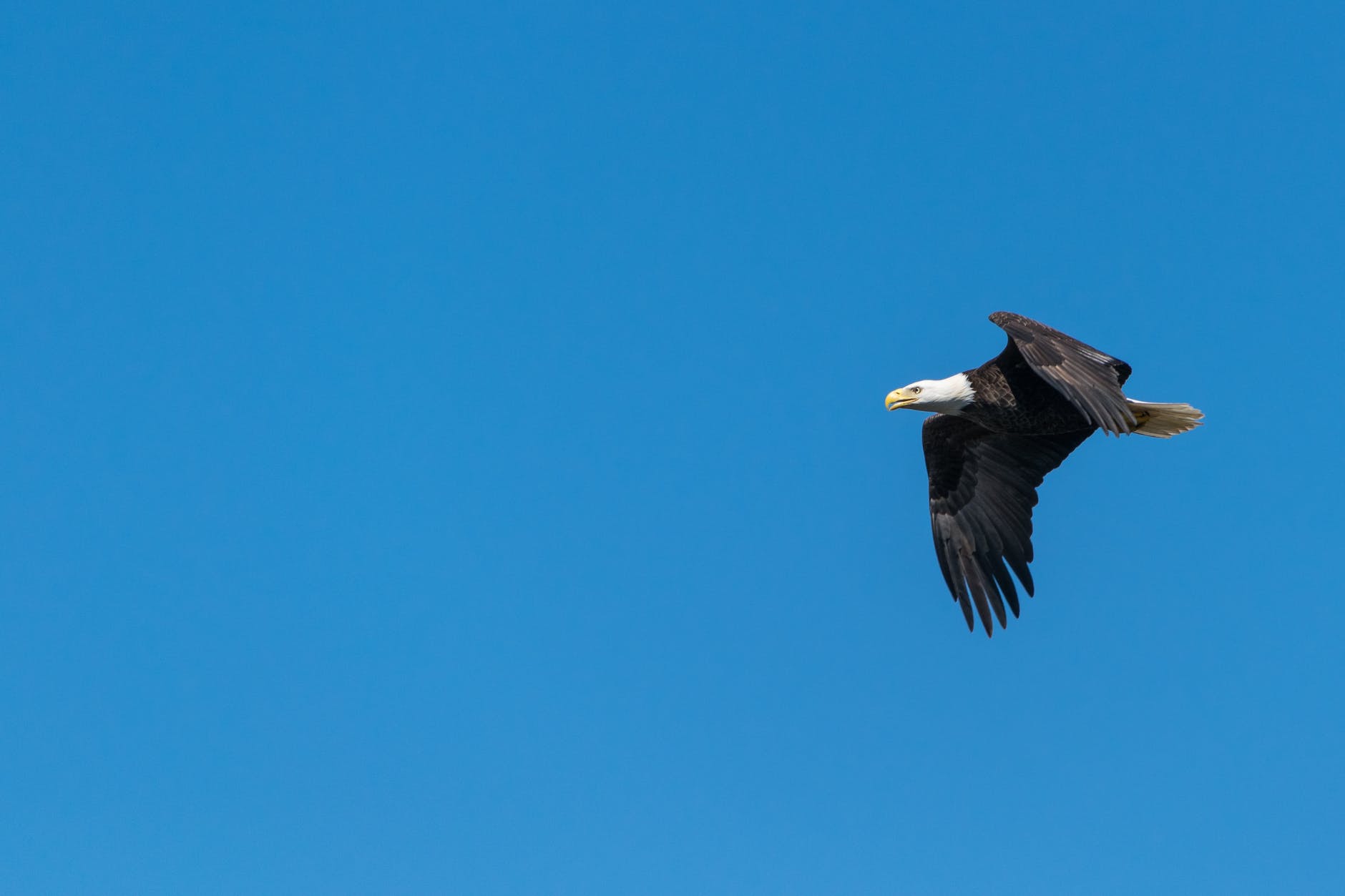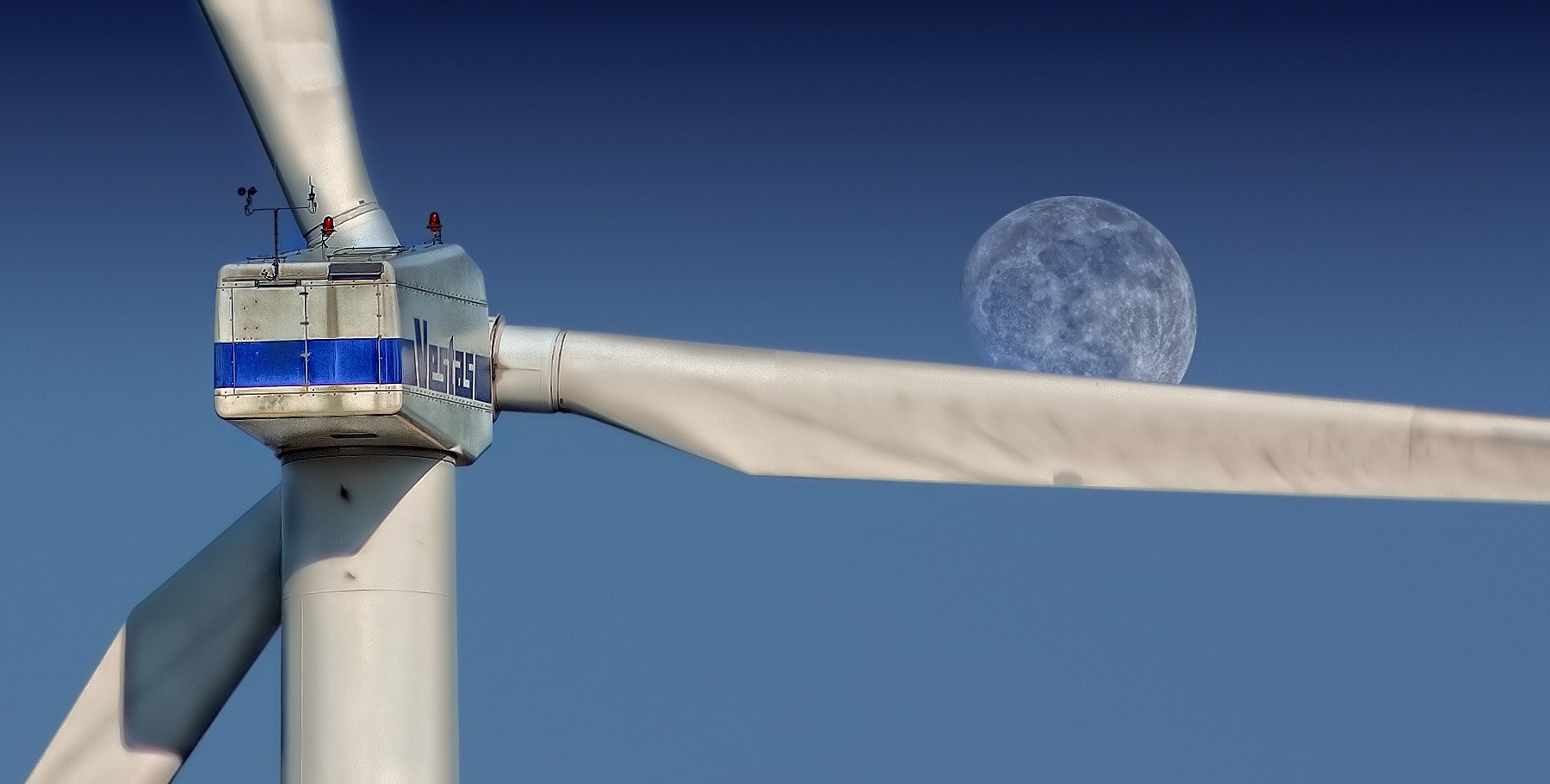By Alexander Liguori, Managing Editor at N.Y.U. Environmental Law Journal.
This post is part of the Environmental Law Review Syndicate.
Introduction
Any good survey of our nation’s bedrock environmental laws will likely cover the Clean Air Act and Clean Water Act, but hardly any would find time for the Migratory Bird Treaty Act (“MBTA”). Passed in 1918 to curb exploding commercial trade in bird feathers, the MBTA’s strict liability regime makes it one of the nation’s strictest environmental laws. While the MBTA is the product of a bygone era of bipartisan cooperation to protect the environment, it is still on the books, serving a key role not only in the protection of birds but in the responsible development of land throughout the country. In late 2017, the Trump administration proposed a new interpretation of the MBTA that threatened to strip the law of its protective powers, by limiting prosecution under the Act to affirmative and intentional efforts to kill birds.[1] Environmental groups sued, and recently won a powerful victory in the Southern District of New York vacating the administration’s interpretation.[2] However, the threat of future appeal and efforts to undermine the Act still loom.
This Essay agrees with the recent SDNY opinion and provides further arguments that the Trump administration’s revised interpretation of the MBTA was illogical, illegal, and contrary to public policy. In Part I, I will provide a brief overview of how the MBTA works and its enforcement history. In Part II, I will summarize and refute the Trump administration’s arguments in favor of its new enforcement scheme. The administration claims that (1) the new scheme aligns better with the text of the statute, (2) the new reading is more consistent with the MBTA’s legislative history, and (3) the new interpretation is required by the Constitution and (4) by prior precedent. In Part III, I will conclude by offering recommendations about how the Biden administration could preserve the MBTA’s enforcement scheme, which has successfully protected birds while allowing responsible land use.
The Migratory Bird Treaty Act Protects Birds Through a Strict Liability Regime
The MBTA prohibits “by any means or in any manner,” the hunting, taking, capturing, killing or otherwise harming of listed species, of which there are more than a thousand.[3] Historically, the Fish & Wildlife Service (“FWS”) has applied the Act using strict liability, meaning parties can be held responsible for killing birds whether or not they intended to do so.[4] With penalties of up to $15,000 per bird death, the law’s potential for preserving the environment and punishing those who harm it is almost unprecedented in the scope of American environmental regulation.
Applying the law as written would create an untenable situation where daily activities like driving or owning a house become criminalized in the event of an accidental bird death. To avoid this result, the FWS has typically only enforced the criminal provisions of the law during egregious violations like oil spills.[5] In all other situations, the law has served both a deterring and mitigating function by encouraging developers to avoid actions that threaten birds and undertake remedial actions when deaths are inevitable.[6] For example, when building a bridge, the state of Virginia sought to mitigate the destruction of seabird nesting grounds by building an artificial island where birds could return in the warmer months.[7]
This reliance on prosecutorial discretion and voluntary mitigation has worked, creating a rare state of relative harmony for industry, environmental advocates and wildlife.[8] The National Audubon Society’s (NAS) position on wind power effectively illustrates this equilibrium. NAS recognizes the threat that a proliferation of wind turbines poses to the nation’s birds but supports the transition to renewable energy.[9] To that end, they advocate for “properly sited wind power” that minimizes harm to birds and other wildlife.[10] In the past, NAS has had success working with developers, and has made clear that proper enforcement of the nation’s wildlife protection laws, including the MBTA, is essential to get companies to play ball with environmentalists, government regulators and other advocates of responsible development.[11] Indeed, with the threat of enforcement and the increased cooperation of private actors on voluntary programs to save birds, NAS estimates the MBTA has saved millions of birds[12] while creating the potential for wind power to “generate 20 percent of the nation’s electricity.”[13] FWS’ administration of the MBTA then, has come to represent a success story of environmental law in the United .
The Trump Administration’s Proposed Reinterpretation of the MBTA
In late 2017, the Trump administration issued an opinion that reinterprets the MBTA, turning the law and its successful enforcement scheme on its head.[14] The reinterpretation concludes that “the statute’s prohibitions . . . apply only to affirmative actions,” not incidental or accidental ones.[15] This reinterpretation effectively ends the threat of prosecution for incidental bird deaths, removing any leverage the government had to work with private actors to mitigate deaths associated with development. The impact of this loss of leverage is substantial and illustrated by the outcome of the mitigation project in Virginia discussed above: following the administration’s opinion, the State halted work on the replacement habitat, depriving over twenty-five thousand birds of their summer home.[16]
The Trump administration based its reinterpretation of the MBTA on three primary arguments: the MBTA’s language, its legislative history, and constitutional issues with its enforcement scheme. Seeking to stop the new interpretation, a coalition of states and advocacy groups filed suit, alleging that the administration’s new approach is arbitrary and capricious under the Administrative Procedure Act (APA).[17] Undeterred, the administration proceeded and published a proposed rule to codify their new interpretation of the MBTA,[18] which the states and advocacy groups again challenged via the notice and comment process.[19] The following section will provide an overview of the administration’s proposed changes to the enforcement of the Act and refute them. Although the rule has already been struck down at the district court level as contrary to law,[20] the following analysis provides alternative arguments against the rule that could become important in the event the case is appealed.
Statutory Language
The Proposed Rule seizes on the MBTA’s language to argue that the enacting Congress never meant to criminalize incidental deaths. Citing the noscitur a sociis canon of construction, FWS claims that the inclusion of “deliberative action words” such as “pursue”, “hunt”, and “capture” mean that the other words in the MBTA’s preamble, including “kill” and “take” are meant only to apply to actions intended to achieve that result.[21] This reading of course, ignores the broad language of the preceding clause—“It shall be unlawful at any time, by any means or in any manner.”[22] The Proposed Rule dismisses this clause out of hand, arguing that it, “simply clarifies that activities directed at migratory birds, such as hunting and poaching, are prohibited whenever and wherever they occur and whatever manner is applied, be it a shotgun, a bow, or some other creative approach to deliberately taking birds.”[23]
The administration ostensibly bases this improbable use of the noscitur canon on the fact that there are three deliberate words that can be construed as either deliberate or incidental versus two that cannot. But this interpretation selectively avoids using another common canon, ejusdem generis, which counsels that a catchall phrase should be applied to every word in an ensuing or preceding list. Here, the FWS should apply the broad language of the opening clause to the verbs in the second clause, which would result in an all-encompassing reading of how to apply the Act. From a rational point of view, this makes far more sense than changing an entire regulatory regime based on a sentence that has three deliberate sounding words as opposed to two incidental sounding words.
Legislative History
The administration dives deep into the legislative history of the Act to exclude incidental takings from its scope. Citing statements from legislators who supported the bill, FWS hones in on a single, narrow purpose of the MBTA: “to regulate the hunting of migratory birds in direct response to the extreme over-hunting . . . that had occurred over the years.”[24] The agency reaches this conclusion even while acknowledging that Congress understood habitat destruction, which is largely perpetuated by incidental take, to also be within the purpose of the law.[25] Instead, they claim that the passage of the Migratory Bird Conservation Act (MBCA) in 1929, which specifically allows the federal government to “purchase or rent land for migratory birds,” works in tandem with the MBTA.[26] In other words, if the MBTA covered the incidental take associated with habitat destruction, passage of the MBCA would have been “largely superfluous.”[27]
But might the acts have different means of achieving the same purpose? To that end, allowing the government to take preemptive action to conserve bird habitats reflects congressional intent to provide another, proactive way to prevent incidental bird deaths, which is hardly superfluous. Instead, both statutes reflect an overall congressional goal, which is echoed in the States’ comments on the proposed rule: “to protect migratory birds.”[28]
To be sure, the legislative history of the Act cited in the Proposed Rule does reflect an initial focus on reducing bird deaths associated with hunting,[29] but this also makes sense in light of an overall congressional purpose to protect birds. While hunting may have been the leading threat to migratory birds at the time of the MBTA’s passage, that threat has diminished as the country has transitioned to a more urban society. Now, incidental deaths that occur as a side-effect of development are the leading threat to birds in the U.S.[30] In line with the Act’s purpose, then, it is unsurprising that enforcement of the MBTA looks different now than it did in 1918. By criminalizing the killing of birds “at any time, by any means or in any manner,” Congress made an unequivocal determination that the Act’s provisions would last the test of time, even if new threats beyond hunting emerged.
Constitutional Issues
FWS further claims that its reinterpretation of the MBTA is necessary because the previous interpretation tramples on the constitutional rights of Americans.[31] Specifically, the agency worries that relying on prosecutorial discretion does little to prevent criminalizing everyday activities like driving and home-owning, that kill birds incidentally.[32] This does raise concerns of fair notice under the Fifth Amendment, but FWS’ argument completely ignores that the use of prosecutorial discretion in enforcement of the MBTA managed to both punish egregious incidental violations and deter unnecessary bird deaths, all while avoiding criminalizing Americans for living their everyday lives.[34] FWS’ inability to show their new interpretation of the Act offers a more legally sound and practically better approach means the Proposed Rule is more indicative of shifting political preferences, rather than a vital remedy for the American people as they claim.
Prior Precedent
Finally, FWS props up its statutory language and legislative history arguments on the Fifth Circuit’s opinion in United States v. CITGO Petroleum Corp., which held that “the MBTA’s ban on ‘takings’ only prohibits intentional acts (not omissions) that directly kill migratory birds.”[35] FWS argues that the only way to “reduce uncertainty and have a truly national standard,” is to follow this approach.[36] But this ignores key opinions from the Second and Tenth Circuits. The Second Circuit affirmed a conviction under the MBTA for inadvertent bird deaths caused by accidental exposure to toxic wastewater,[37] while the Tenth Circuit has upheld convictions for activities that directly and foreseeably lead to migratory bird deaths, such as leaving harmful oil field equipment exposed.[38] It also ignores the fact that the Act has been consistently interpreted to cover incidental deaths for over forty years.[39] The revised interpretation, then, attempts to resolve a circuit split in favor of one position based on language that has been interpreted to say the opposite of what FWS says it means. This dispute is beyond the scope of FWS’ responsibilities and should be left to the Supreme Court to resolve.
Conclusion and Recommendation
The real tragedy of the administration’s efforts is that their stated reasons for the reinterpretation—clarity, consistency, and adherence to congressional intent—could still be achieved while avoiding the needless killings of thousands of birds. In the Proposed Rule, FWS explains, “the MBTA does contemplate the issuance of permits authorizing the taking of wildlife.”[40] Indeed, under the prior interpretation of the Act, FWS granted permits to developers as long as projects were sited and constructed in ways that minimized bird deaths.[41] This solution simultaneously allowed for the growth of industry while protecting birds and simplifying the regulatory scheme: developers must get a permit or mitigate their impact on bird deaths or otherwise face potential prosecution.
A return to the permitting solution marks the best-case scenario for all parties, human and otherwise, and can be achieved at a low political cost. To entrench this enforcement scheme, the Biden administration should issue a regulation that codifies the previous permitting scheme. Such a move would likely find support from industry, which has asked for more clarity, as well as environmental advocates, who favor the old carrot-and-stick approach’s incentives for responsible development. In fact, some developers have continued to follow the previous scheme even as their regulatory responsibilities have been lifted.[42] Instead of implementing a workable solution that satisfies all, FWS has gone overboard, angering stakeholders such as environmental advocates and the States, and confusing industry, which now fears a public relations backlash due to preventable bird deaths. In this area of environmental law, a return to the past makes the most sense for humans and the earth they have been charged with protecting.
[1] See U.S. Dep’t of Interior, Office of the Solicitor, Opinion Letter M-37050 (Dec. 22, 2017).
[2] See Nat. Res. Def. Council, Inc. v. U.S. Dep’t of Interior, 2020 WL 4605235 (S.D.N.Y. 2020).
[3] Migratory Bird Treaty Act, 16 U.S.C.A. § 703 (1918).
[4] See David J. Hayes & Lynn Scarlett, A Free Pass to Kill Migratory Birds, N.Y. Times (Jun. 7, 2018), https://www.nytimes.com/2018/06/07/opinion/a-free-pass-to-kill-migratory-birds.html.
[5]See id.
[6] See id.
[7] See Lisa Friedman, A Trump Policy “Clarification” All but Ends Punishment for Bird Deaths, N.Y. Times (Dec. 24, 2019), https://www.nytimes.com/2019/12/24/climate/trump-bird-deaths.html.
[8] See Hayes & Scarlett, supra note 4.
[9] See Audubon’s Position on Wind Power, Nat’l Audubon Soc., https://www.audubon.org/conservation/audubons-position-wind-power.
[10] Id.
[11] See id.
[12] See The Migratory Bird Treaty Act, Explained, Nat’l Audubon Soc. (Jan. 16, 2018), https://www.audubon.org/news/the-migratory-bird-treaty-act-explained.
[13] Audubon’s Position on Wind Power, supra note 9.
[14] See U.S. Dep’t of Interior, Office of the Solicitor, Opinion Letter M-37050 (Dec. 22, 2017).
[15] Id. at 2.
[16] See Friedman, supra note 7.
[17] The cases are Nat’l Audubon Soc. v. U.S. Dep’t of Interior, No. 1:18-cv-04601-VEC (S.D.N.Y. May 24, 2018) and New York v. U.S. Dep’t of Interior, 1:18-cv-08084-VEC (S.D.N.Y Sep. 5, 2018).
[18] See Regulations Governing Take of Migratory Birds, 85 Fed. Reg. 5915 (proposed Feb. 3, 2020) (to be codified at 50 C.F.R. pt. 10).
[19] See New York et. al., Comments on Proposed Rule to Limit the Scope of the Migratory Bird Treaty Act’s Prohibitions to Actions Directed at Migratory Birds (Mar. 19, 2020), https://www.law.nyu.edu/sites/default/files/State-Comments.pdf.
[20] See Nat. Res. Def. Council, Inc., 2020 WL 4605235 at *8-*9.
[21] Regulations Governing Take of Migratory Birds, 85 Fed. Reg. at 5916.
[22] Id. at 5917.
[23] Id.
[24] Id. at 5918.
[25] See id.
[26] Id.
[27] Id. at 5918-19.
[28] New York et. al. supra note 19 at 2.
[29] See Regulations Governing Take of Migratory Birds, 85 Fed. Reg. at 5918-19.
[30] See id. at 5921.
[31] See id. at 5920.
[32] See id. at 5921.
[33] The last interpretive guidance document issued under the old scheme was suspended and withdrawn by the Trump administration’s new guidance discussed above. See U.S. Dep’t of Interior, Office of the Solicitor, Opinion Letter M-37041 (Jan. 10, 2017) (suspended and withdrawn by Opinion Letter M-37050 (Dec. 22, 2017)). For a brief history of the FWS’ interpretation of the MBTA and its enforcement of the Act, see Jesse Greenspan, The History and Evolution of the Migratory Bird Treaty Act, Nat’l Audubon Soc. (May 22, 2015), https://www.audubon.org/news/the-history-and-evolution-migratory-bird-treaty-act.
[34] See Friedman, supra note 7.
[35] 801 F.3d 477, 494 (5th Cir. 2015).
[36] Regulations Governing Take of Migratory Birds, 85 Fed. Reg. at 5923.
[37] See United States v. FMC Corp. 572 F.2d 902, 904 (2d Cir. 1978).
[38] See United States v. Apollo Energies, Inc., 611 F.3d 679, 684-90 (10th Cir. 2010).
[39] See New York et. al. supra note 19 at 1; Greenspan, supra note 33.
[40] Regulations Governing Take of Migratory Birds, 85 Fed. Reg. at 5922.
[41] See e.g. Pub. Emps. For Env’t Responsibility v. Hopper, 827 F.3d 1077, 1088 n. 11 (D.C. Cir. 2016) (declining to address claims under the MBTA because developers intended to apply for a permit).
[42] See Friedman, supra note 7.





